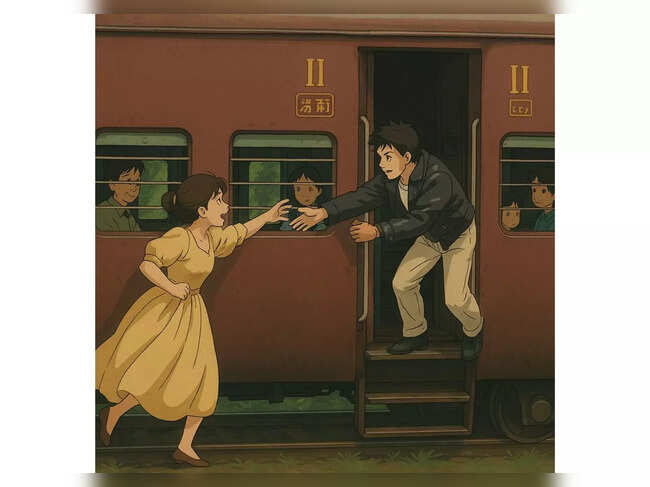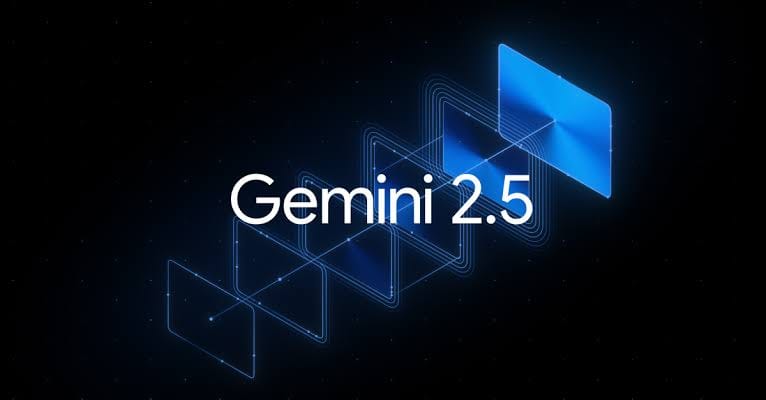OpenAI Restricts ChatGPT’s Ghibli-Style AI Art Feature Amid Overwhelming Demand and Copyright Concerns

OpenAI has implemented temporary usage limits on its viral Ghibli-style portrait generator. This decision followed unprecedented demand that strained its systems. At the same time, OpenAI is facing growing scrutiny over potential copyright infringement of Studio Ghibli’s iconic artistic style.
AI Art Craze Overloads Systems
The newly launched image generation feature in GPT-4o became an overnight social media sensation. It transforms user photos into Studio Ghibli-inspired anime portraits. Platforms like Instagram and TikTok experienced a surge. Millions of posts featured hashtags #GhibliMe and #AIGhibli. Users rushed to create their own anime avatars.
However, the massive surge in usage led to significant technical challenges. OpenAI CEO Sam Altman announced on Thursday a change for free-tier users. They will face a temporary limit of just three image generations per day. Paying subscribers will maintain higher limits.
“Our GPU capacity is being pushed to its limits,” Altman stated. “These temporary measures will help ensure stable access for all users while we work to scale our infrastructure.”

Copyright Questions Emerge
The AI-generated portraits have raised legal and ethical concerns. Questions arise about whether OpenAI trained its models using Studio Ghibli’s copyrighted artwork without permission. Legal experts note this could potentially violate intellectual property laws if done without proper licensing.
Josh Weigensberg, a partner at Pryor Cashman LLP, told AP News: “The critical question is whether OpenAI obtained proper licensing. It is crucial to know if they secured licenses for any Studio Ghibli artwork.” This artwork might have been used in training their AI. Without consent, this could be problematic from a copyright perspective.
The controversy recalls Studio Ghibli co-founder Hayao Miyazaki’s vehement rejection of AI art in 2016. He called such technology “an insult to life itself” after being shown AI-generated animations.
Alternative Platforms See Surge
With OpenAI’s new restrictions in place, users are flocking to alternative AI art platforms:
- Leonardo.AI and Runway ML report increased traffic for anime-style generations
- Open-source options like Stable Diffusion with Ghibli LoRAs are gaining popularity among tech-savvy creators
- Other AI models like Grok and Gemini are being tested for similar stylistic outputs
Industry Reactions Mixed
The art community remains divided:
- Some celebrate the democratization of artistic expression
- Many professional illustrators express concern over AI replicating their styles without compensation
- Recent lawsuits, including Getty Images vs Stability AI, highlight ongoing legal battles in this space
What’s Next for AI Art?
As the technology evolves, key questions remain:
- How will platforms address copyright and artist compensation?
- Will regulations require disclosure of AI-generated content?
- Can the industry balance innovation with ethical considerations?
OpenAI has not commented on whether the rate limits will become permanent. They also have not commented on if they’re negotiating licensing deals with Studio Ghibli. For now, the company appears focused on stabilizing its systems. Meanwhile, the broader debate about AI’s role in creative industries continues to intensify.





